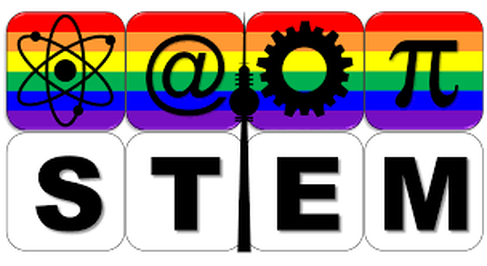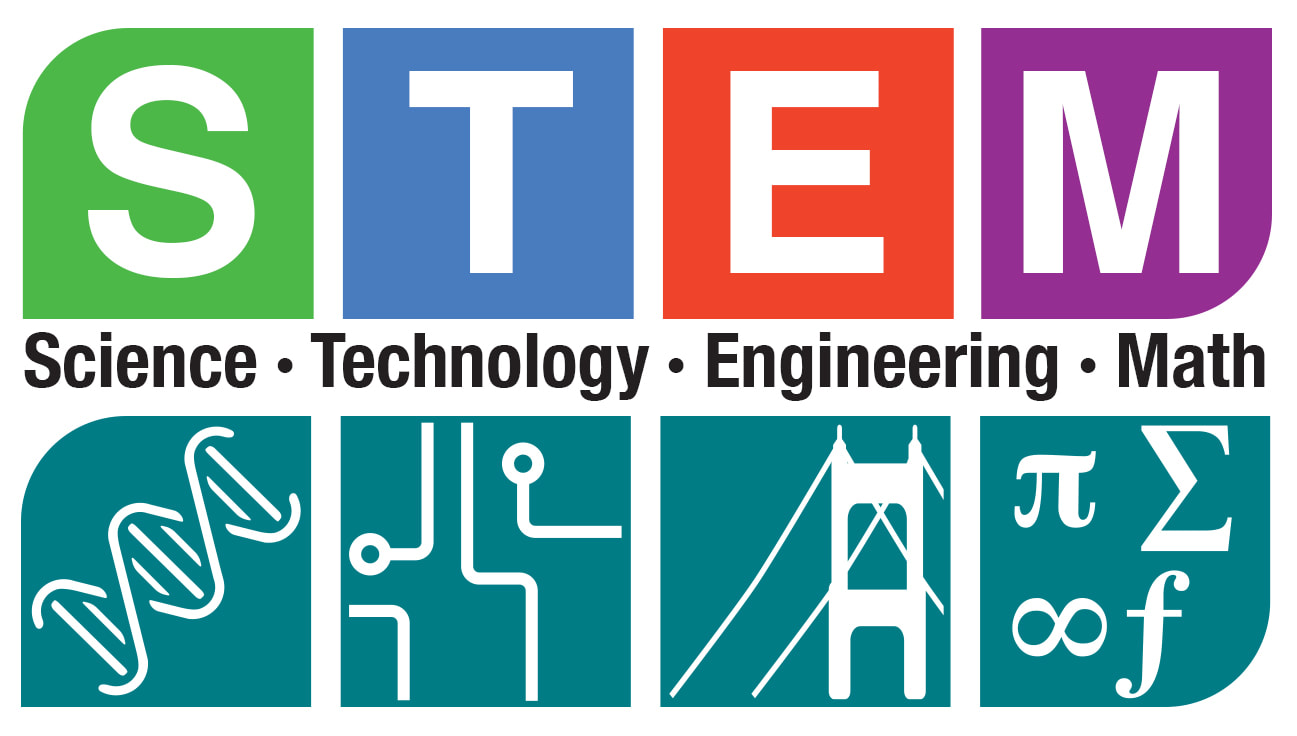OUR MISSION STATEMENT:
“It is the mission of QSTEM to advance the LGBTQ+ community's presence in the STEM field through the discussion of scientific advances by queer STEM leaders, the visibility of LGBTQ+ individuals in the STEM field, and investigation of the vast scientific backgrounds of queerness. QSTEM aims to provide an articulated, welcoming, and sophisticated environment where queer individuals interested in STEM can feel a sense of belonging and further develop their understanding of queer culture in STEM, a field where LGBTQ+ individuals are historically underrepresented. We aid in inspiring a push for LGBTQ+ visibility and activism within the STEM community."
WHY IS QUEER REPRESENTATION IN STEM IMPORTANT?
LGBTQ+ representation and inclusiveness in the STEM field has historically been lacking. According to a 2016 study, undergraduate students who identify as LGBTQ+ are 8% less likely to remain pursuing a degree or program in the STEM field, as compared to non-LGBTQ+ undergraduates (Hughes). LGBTQ+ professionals in the STEM field are 30% more likely to experience harassment at work compared to their non-LGBTQ+ coworkers, and are more likely to consider leaving the STEM field than their non-LGBTQ+ counterparts (Chech & Waidzunas). The formation of organizations such as QSTEM help to support and promote queer individuals who are wishing to pursue STEM, and creates a welcoming environment where members of the LGBTQ+ community can explore and express their interest in STEM without stigmatization or exclusion.
Sources:
Hughes BE. Coming out in STEM: Factors affecting retention of sexual minority STEM students. Sci Adv. 2018 Mar 14;4(3):eaao6373. doi: 10.1126/sciadv.aao6373. Erratum in: Sci Adv. 2018 Jun 08;4(6):eaau2554. PMID: 29546240; PMCID: PMC5851677.
Chech, E. A., & Waidzunas, T. J. (2021, January 15). Systemic inequalities for LGBTQ professionals in Stem. Science Advances. Retrieved September 22, 2021, from https://www.science.org/doi/10.1126/sciadv.abe0933.
Hughes BE. Coming out in STEM: Factors affecting retention of sexual minority STEM students. Sci Adv. 2018 Mar 14;4(3):eaao6373. doi: 10.1126/sciadv.aao6373. Erratum in: Sci Adv. 2018 Jun 08;4(6):eaau2554. PMID: 29546240; PMCID: PMC5851677.
Chech, E. A., & Waidzunas, T. J. (2021, January 15). Systemic inequalities for LGBTQ professionals in Stem. Science Advances. Retrieved September 22, 2021, from https://www.science.org/doi/10.1126/sciadv.abe0933.
WHAT TO EXPECTWe hold meetings in which we discuss current events related to the LGBTQ+ STEM community, learn about pursuing STEM as LGBTQ+ individuals, and connect with LGBTQ+ individuals working and involved in the STEM field. We also attend and host events as a club that will further expand and connect LGBTQ+ individuals in the STEM community. By working closely with OSTEM and Out to Innovate, we provide a unique opportunity for high school students to connect directly with LGBTQ+ college STEM students and LGBTQ+ STEM professionals.
|
WHY SHOULD I JOIN?If you are a member or ally of the LGBTQ+ community and are interested in STEM in any way, we highly encourage you to join. This club is a place to meet and connect with people who have similar passions. It is also a great way to become involved in the STEM and LGBTQ+ communities, with opportunities to learn about the intersection of these communities, and connect with those involved with both. We hope to build an intelligent, empathetic, and welcoming group of people who wish to pave change within the field of STEM.
|









